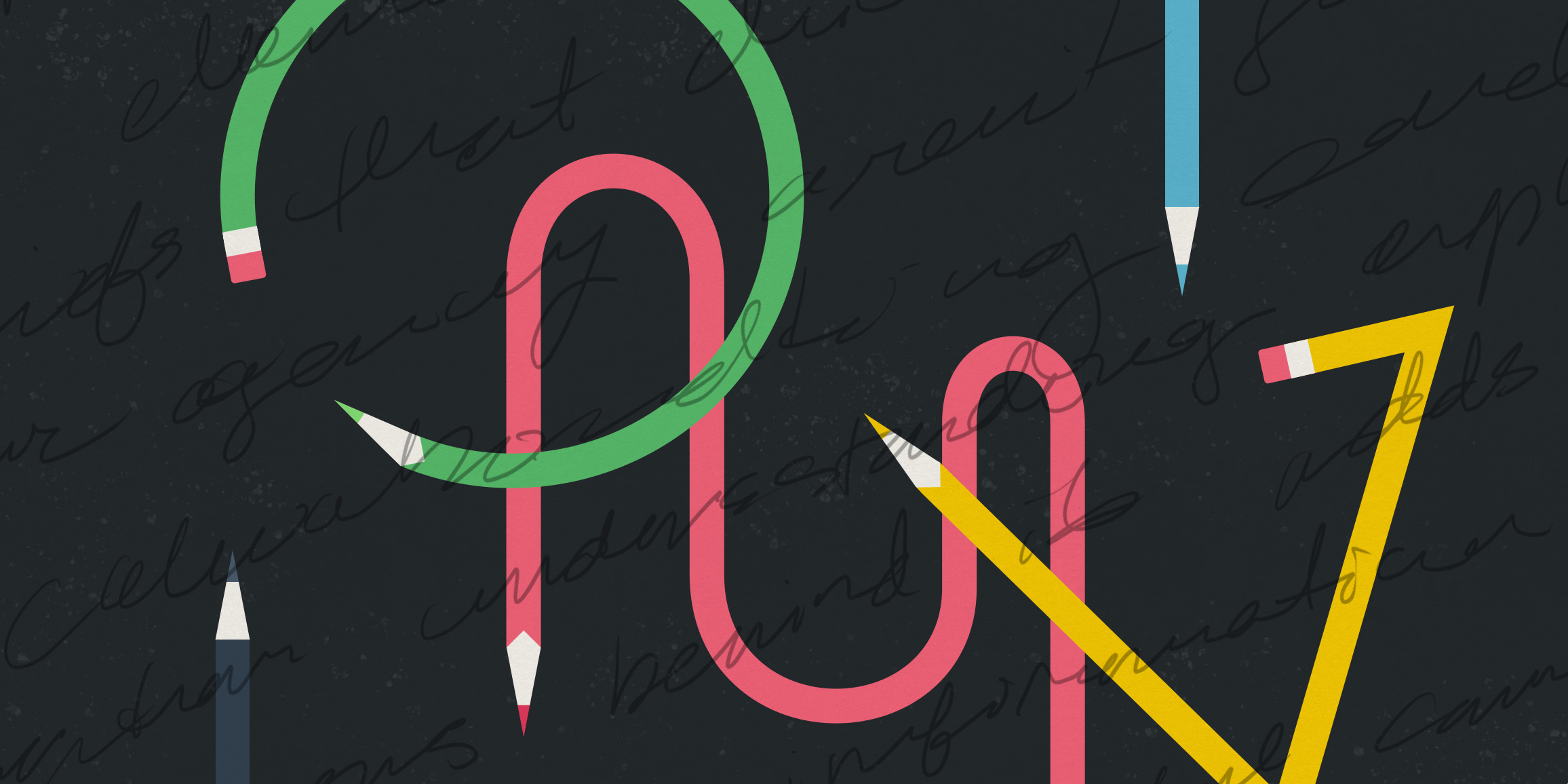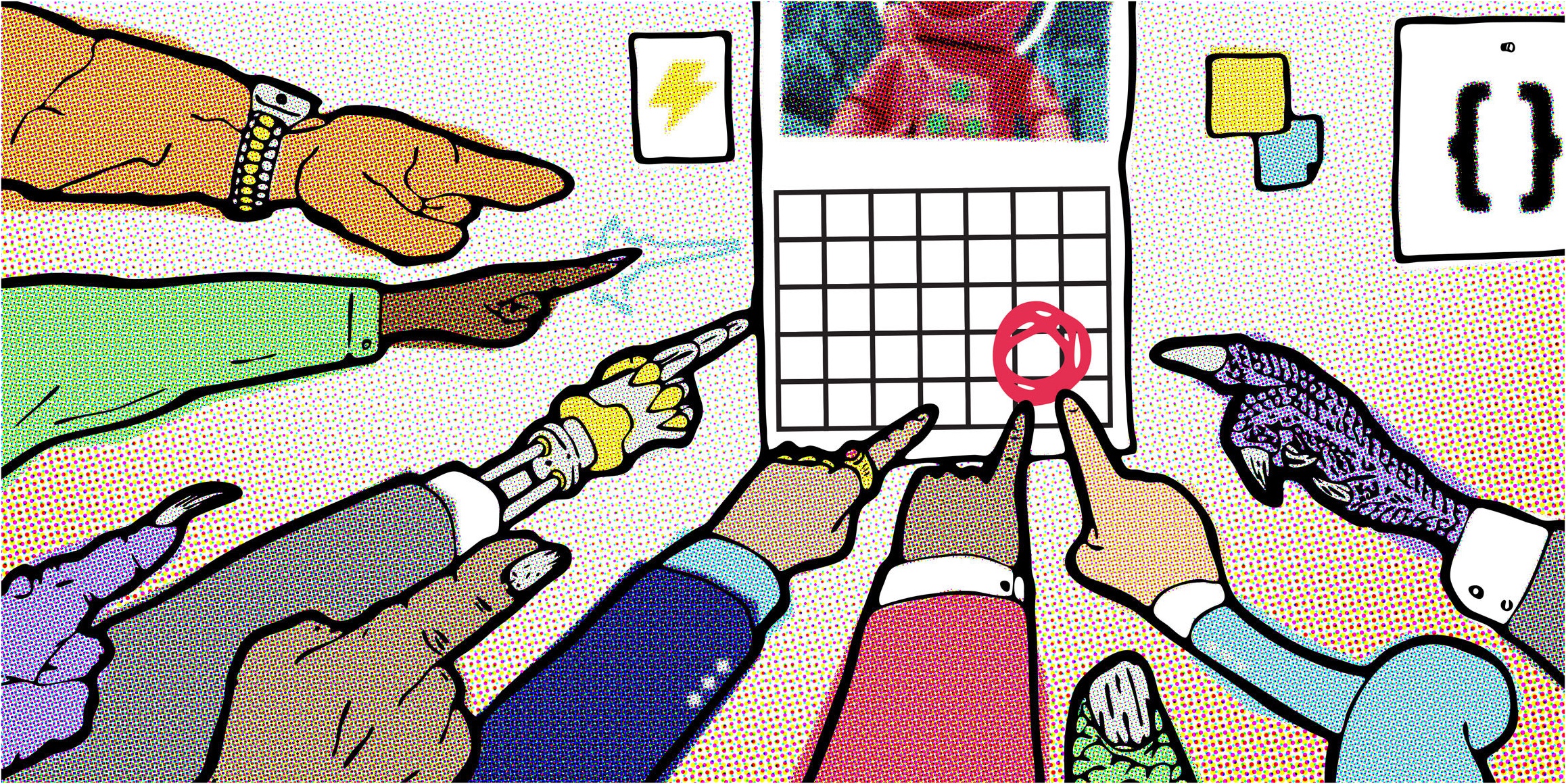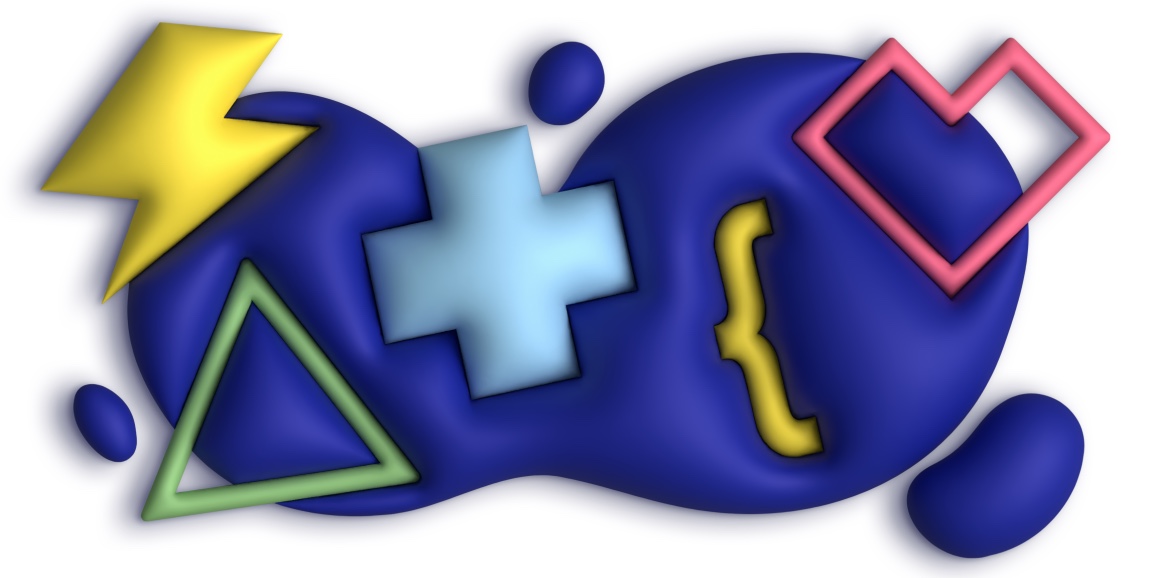If you really want to get ideas flowing for your next campaign, bring your team together to hear your brief.
We’ve seen it countless times. As an engagement starts, you send all your agency partners a long brief outlining your brand’s needs for a project. Then, you essentially fire a starter’s pistol in the air to kick things off by scheduling a meeting. You bring together all the particulars and enlist someone to grab your brief and . . . read everything out loud.
The atmosphere is electric. Just imagine: Some 30 people in a virtual space, each effectively absent with their cameras off and their mics muted. Maybe some are checking their stock portfolios, others are daydreaming about whatever is outside their window. (No one, it’s worth noting, is thinking about your campaign.) Meanwhile, this poor soul repeats the details about the project everyone has already read, and that’s that. Your agencies go their separate ways and presumably get to work. The experience is like replacing a starter’s pistol with a handful of wet spaghetti.
To get the work your brand needs, you can’t afford to allow these kinds of dead spots into your schedule. So, let’s not have these brief meetings anymore. Instead, we propose a better way.
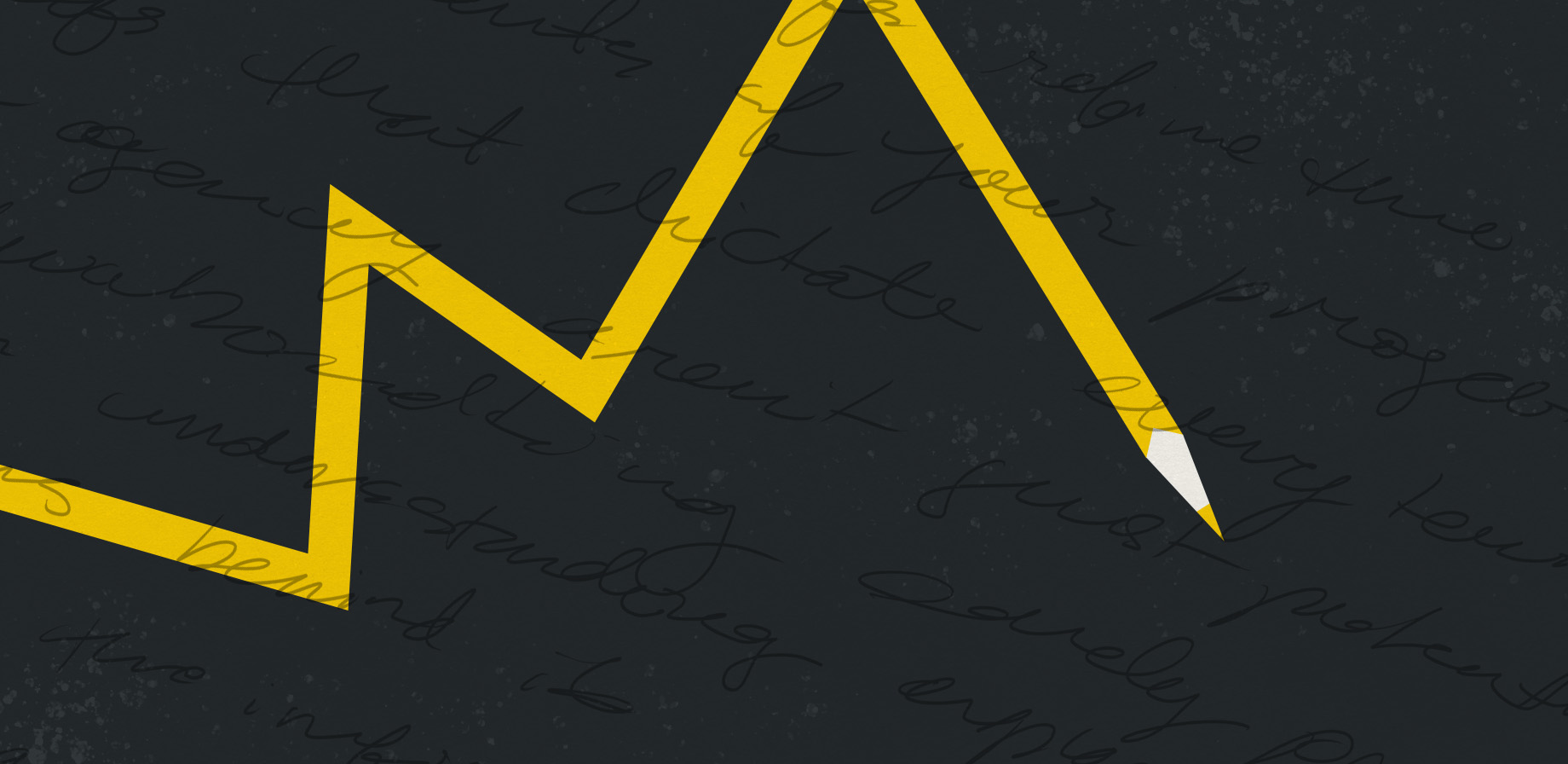
How an interactive brief workshop provides your campaign with a stronger start
Ideally, briefs set the parameters of what your brand is looking for while serving to inspire creativity in your agency partner. At We The Collective, we are firm believers that less is more when it comes to written briefs. The higher you pile details on top of what you want, the less room we have to search for a fresh approach to your brand’s problem.
That said, briefs provide a valuable starting point. They outline the details about your product as well as its target audience and any goals for a campaign. But setting up a stale, one-way presentation simply wastes everyone’s time. Instead, why not start collecting good ideas to inform your project right away?
From the beginning, you should reduce your meeting attendees so it becomes more action-oriented. Your brand may think it’s saving time by bringing together all of its agency partners together to hear the brief. But in reality, your different agencies rarely collaborate, and it’s ultimately irrelevant that everyone hears the same information from you at the same time.
Instead, we propose meeting with your stakeholders for a two-hour, collaborative briefing around a virtual whiteboard. In the beginning, we present some data points from previous, similar projects we’ve worked on and discuss how they performed to provide inspiration.
Then, we work as a team to solve some of the brief’s problems and start cracking open a creative concept. Instead of working in a vacuum for a few weeks after your brief presentation, we work on a solution from the start. By working together sooner, your project progresses much faster across three fronts.
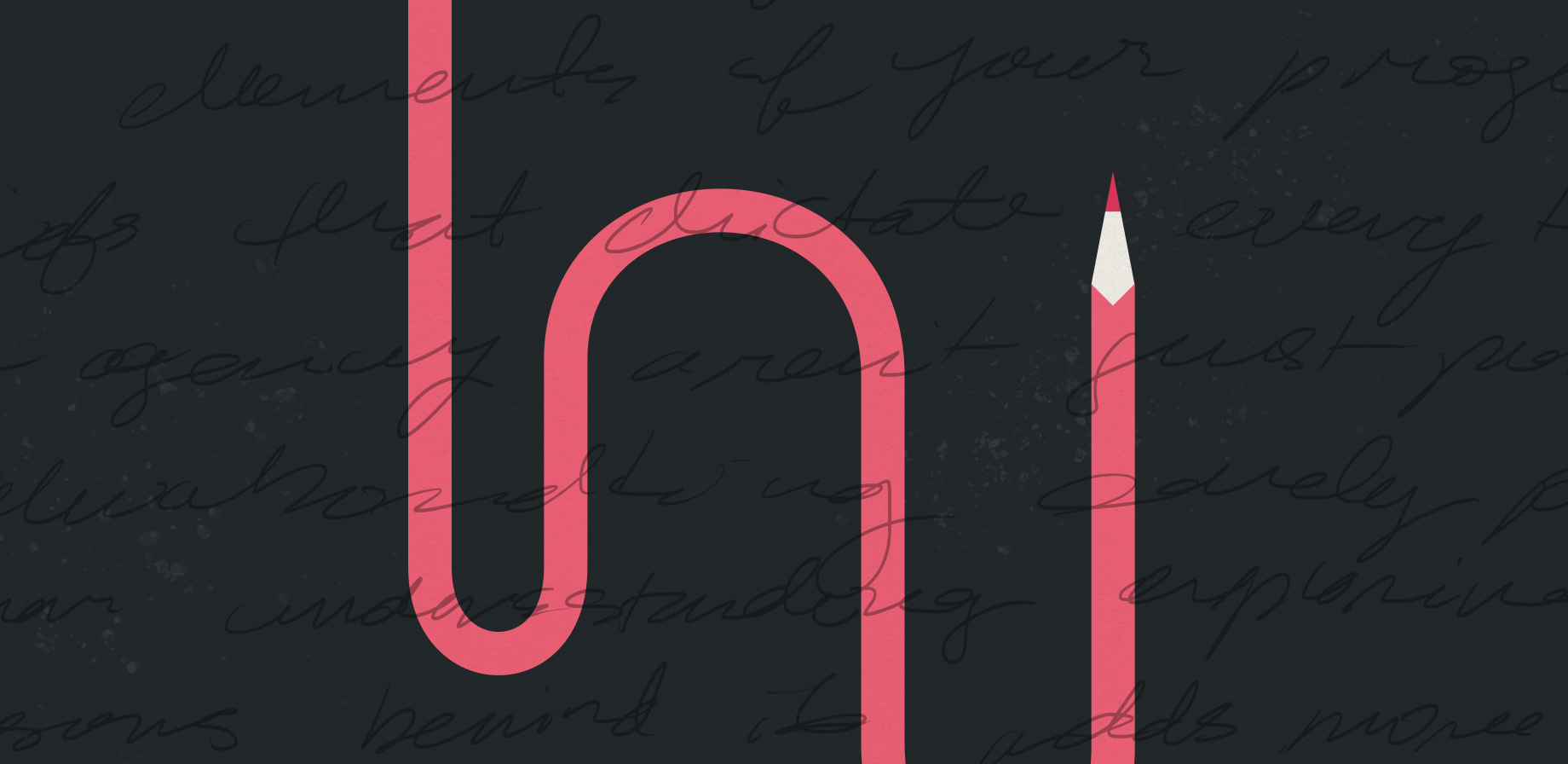
Interactive briefs refine the strategic elements of your project
Briefs that dictate every term to your agency aren’t just potentially stifling to creative work. They’re also underexplored.
At We The Collective, we approach a brief like good scientists digging for answers by focusing on a key question: Why? If you use a brief presentation to outline a need to target this audience, sell this many copies, and hit this deadline, we can work from that. But in an interactive, workshop structure we can investigate those parameters further to ensure we’re working toward the best solution.
For example, if your brief indicates your brand is targeting kids aged 6 to 12, we’ll want to know why. What do we know about this audience and your brand? How do we think this experience will relate to them? Your deadlines can also be examined to see whether there’s an event happening not far from your target date that could further boost your campaign. We’re not necessarily trying to prove your strategy wrong. But exploring the reasoning behind it adds more richness to the information needed to create a successful campaign.
Plus, collaborating early on prevents future misunderstandings. When a brief offers guidelines like “fun and dynamic” or “surprise and delight," it’s more descriptive than “good or “nice.” But what’s fun and dynamic to the person writing the brief may not match our definition. An interactive brief meeting helps clarify everyone’s terms.
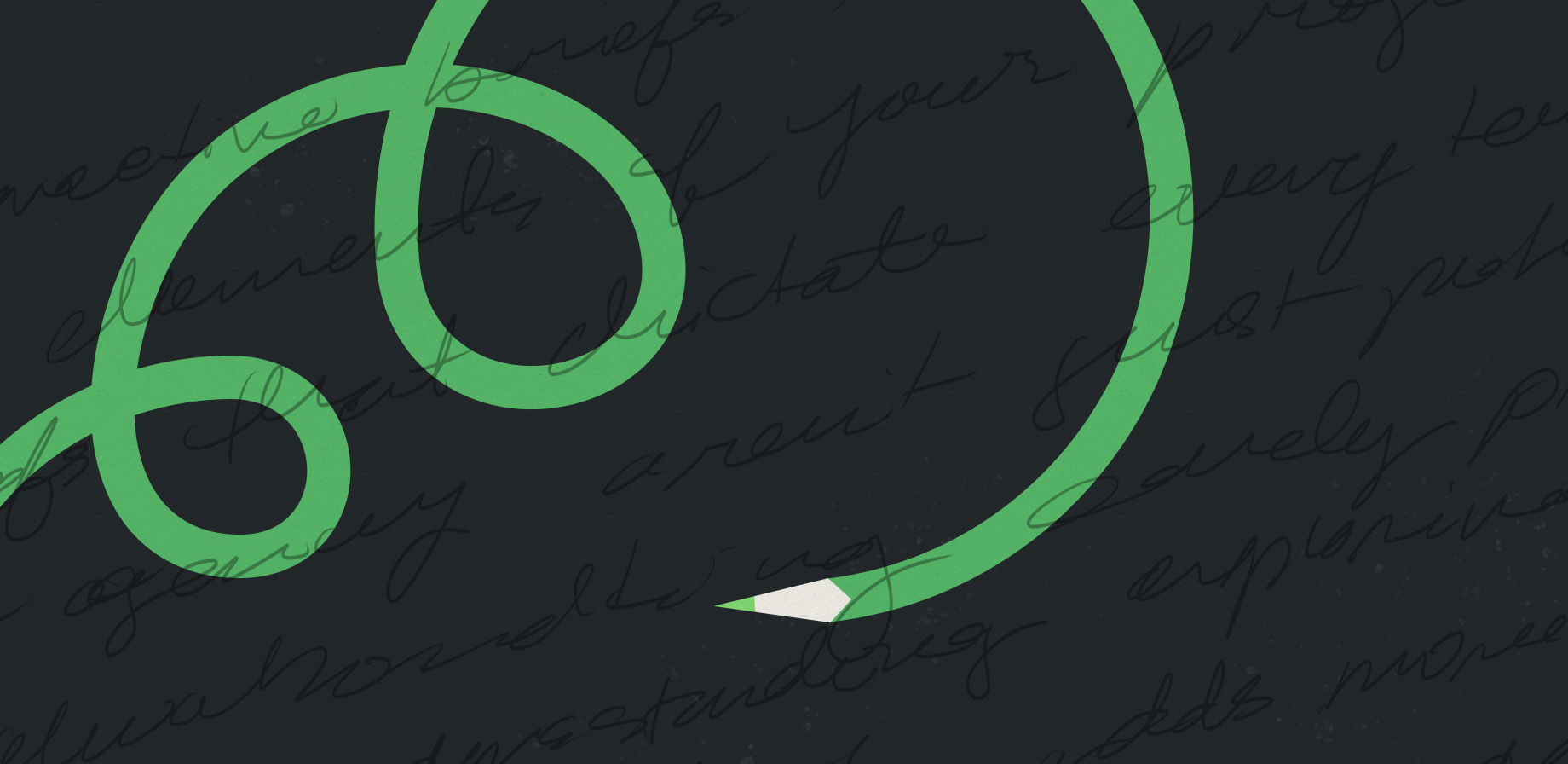
Collaboration generates creative energy toward your project that much sooner
Gathering stakeholders in a room to brainstorm about a project clears a path toward inspiration. Obviously, we’re your paid creative partner so we’re not asking you to do our job. But your team is made up of interesting people who follow their industry. Of course you all have ideas and opinions that can’t be fully captured in a 30-page brief.
Your team’s thoughts about our work will inevitably come up later in the process as we share our work. Why not gather as much of those impressions as we can in the very first meeting?
Along with gathering multiple ideas early, a collaborative meeting about your brief also provides a forum for more anecdotal ideas about your project. Your brief may not include practical details such as your VP’s impression of the most special part of the product we’re working to promote. But a collaborative meeting allows room for someone on your team to remember a passing comment in the elevator that can provide direction for your project. This kind of information is much more valuable to know early rather than a month later when we’re presenting our campaign to that same VP.
Interactive briefing sessions improve clarity for delivery dates
When you start gathering ideas early about your project, your agency can gain a clearer picture about what’s possible within timeline and budget restrictions that much faster. With the more typical brief presentation, your agency goes back and works in isolation after being presented with all the details.
Plus, collecting creative ideas about your project simply saves time. Working through the assumptions about your project closer to kickoff shaves weeks of development time toward approaches that may not have otherwise been viable.
But just as important, working together sooner simply sets a stronger foundation for any project. By getting creative in a room together, you strengthen the relationship between your brand and its agency partner.
At one time, creative agencies carried a level of hubris in their approach to a project. With little more than the presentation of the brief, these agencies would disappear like “Mad Men” behind the scenes and work their creative magic in a haze of cigarettes and spilled bourbon. That’s not really our vibe.
Agencies working in silos is a stale, out-of-date approach. Incorporating fresh perspectives and a diverse set of thinking with a collaborative brief presentation provides a stronger foundation for any project. If this sounds like the way you’d like to work on your next campaign, we should talk. We'll move beyond the conventional ideas together.
